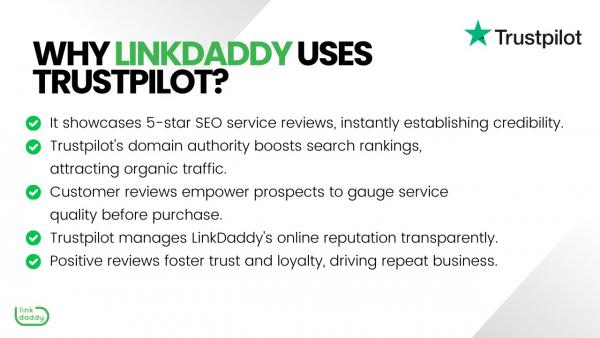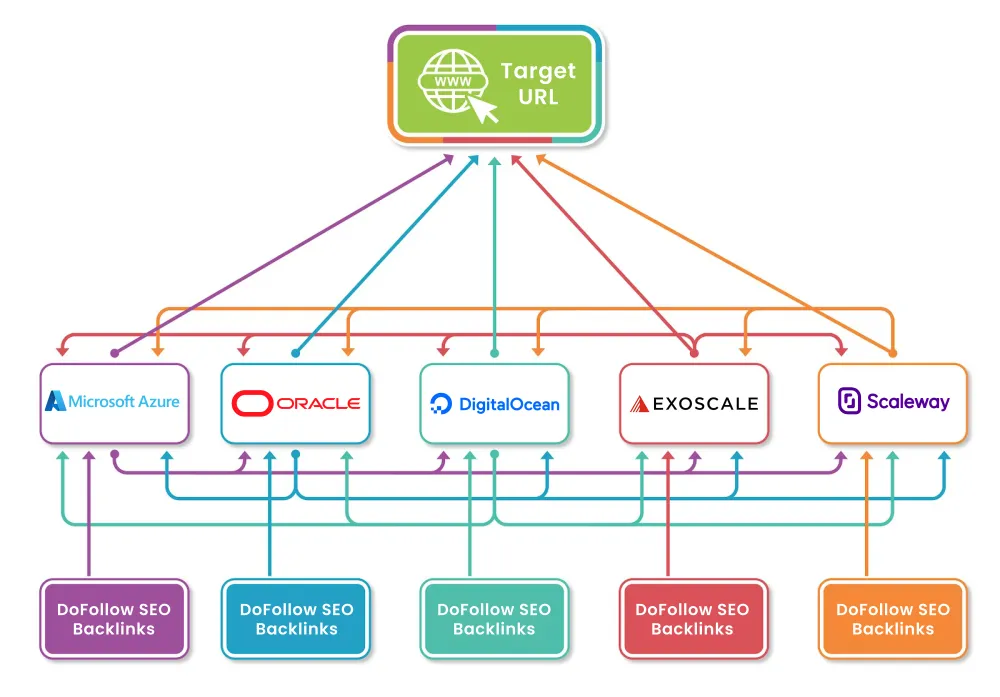Recognizing the Various Kinds Of Cloud Providers and Their Uses
From Framework as a Solution (IaaS) to Software Application as a Service (SaaS), each kind of cloud service offers a distinct objective and provides unique benefits. By exploring the nuanced performances and applications of each cloud service, one can navigate the complexities of cloud computer with accuracy and insight.
Infrastructure as a Service (IaaS)
Infrastructure as a Solution (IaaS) gives users with virtualized computer resources online on a pay-as-you-go basis. This cloud computing model provides necessary IT facilities such as digital machines, storage, and networking without the need for organizations to purchase and take care of physical servers and information facilities. With IaaS, individuals can scale resources up or down based on their requirements, using adaptability and cost-efficiency.
Among the essential benefits of IaaS is its capacity to quickly arrangement and release infrastructure elements, allowing businesses to react promptly to transforming needs and market problems. By contracting out facilities administration to the solution company, companies can focus much more on their core service activities as opposed to dealing with the complexities of equipment upkeep and upgrades.
Furthermore, IaaS uses a high level of integrity and safety, with providers commonly offering robust information backup, catastrophe recuperation, and cybersecurity actions. This helps guarantee that critical organization procedures continue to be uninterrupted and information remains secured versus possible dangers. linkdaddy cloud services. In general, Facilities as a Service enhances IT operations, improves scalability, and decreases capital investment for organizations of all dimensions
Platform as a Service (PaaS)
Building upon the structure of Infrastructure as a Service (IaaS), Platform as a Solution (PaaS) supplies a detailed setting for developers to develop, deploy, and take care of applications without the intricacies of underlying framework monitoring. PaaS provides a system with tools and services that improve the growth process, permitting developers to focus on writing code and building applications instead of handling infrastructure issues.

Software as a Solution (SaaS)
Software Application as a Solution (SaaS) changes the method companies access and utilize software applications by supplying them on a membership basis via cloud service providers. This cloud computer version gets rid of the demand for organizations to mount and maintain software application on individual gadgets, as everything is held and taken care of centrally in the cloud.
SaaS offers a cost-effective service for organizations as they only spend for the software they use without the included expenditures of hardware maintenance or software program updates. It also uses scalability, allowing companies to quickly readjust their software demands based on their requirements.
In addition, SaaS applications can be accessed from any gadget with a net connection, advertising partnership and adaptability among remote teams. Safety is a leading concern in SaaS, with companies applying robust actions to protect data stored in the cloud.
Popular examples of SaaS include consumer partnership monitoring (CRM) software like Salesforce, efficiency tools like Microsoft Office 365, and partnership platforms like Google Office. SaaS remains to obtain grip in business globe because of its scalability, ease, and cost-efficiency.
Function as a Service (FaaS)
With the advancement of cloud services like Software program as a Solution (SaaS) enhancing software program distribution, Feature as a Service (FaaS) stands for a click here for more standard change in how code is implemented in a serverless setting. FaaS permits developers to write and perform private features or pieces of code in response to particular occasions without the demand to handle the framework. This serverless computing model enables developers to focus solely on composing code to implement particular performances, without worrying themselves with the underlying framework or server administration.
Among the essential benefits of FaaS is its ability to range immediately based on the incoming workload. Functions are implemented in stateless containers that are spun up and down as needed, ensuring optimum resource application and cost-effectiveness. FaaS is particularly helpful for event-driven and microservices styles, where code implementation is triggered by occasions such as HTTP requests or database updates. By extracting the facilities layer, FaaS streamlines development, increases time to market, and boosts general dexterity in releasing cloud-native applications.
Storage as a Service (STaaS)
An essential element in cloud computer, Storage as a Service (STaaS) supplies customers with a scalable and effective remedy for taking care of information storage space needs. STaaS permits companies to store and recover information from remote servers by means of the net, getting rid of the requirement for on-premises equipment. This service uses flexibility by enabling users to pay only for the storage space they use, making it a cost-effective service for companies of all dimensions.

STaaS is particularly valuable for organizations with varying storage needs, as it offers a secure and trusted storage service without the demand for significant in advance financial investments. By leveraging STaaS, organizations can enhance their data monitoring processes, enhance availability, and enhance information security in an inexpensive way.

Verdict
In verdict, recognizing the different types of cloud solutions and their uses is crucial for individuals and services looking to utilize the benefits of cloud computer. By making use of the right cloud visit homepage solution, organizations can improve their Click This Link performance, scalability, and adaptability in managing their IT framework and applications.
From Infrastructure as a Solution (IaaS) to Software as a Service (SaaS), each type of cloud solution offers a special objective and provides distinct advantages. Cloud Services. By checking out the nuanced performances and applications of each cloud solution, one can browse the complexities of cloud computer with accuracy and foresight
With the evolution of cloud services like Software as a Solution (SaaS) enhancing software application distribution, Feature as a Solution (FaaS) stands for a paradigm change in exactly how code is implemented in a serverless environment.In conclusion, understanding the different kinds of cloud services and their usages is necessary for people and companies looking to take advantage of the advantages of cloud computing. By utilizing the best cloud solution, organizations can boost their performance, scalability, and versatility in managing their IT facilities and applications.